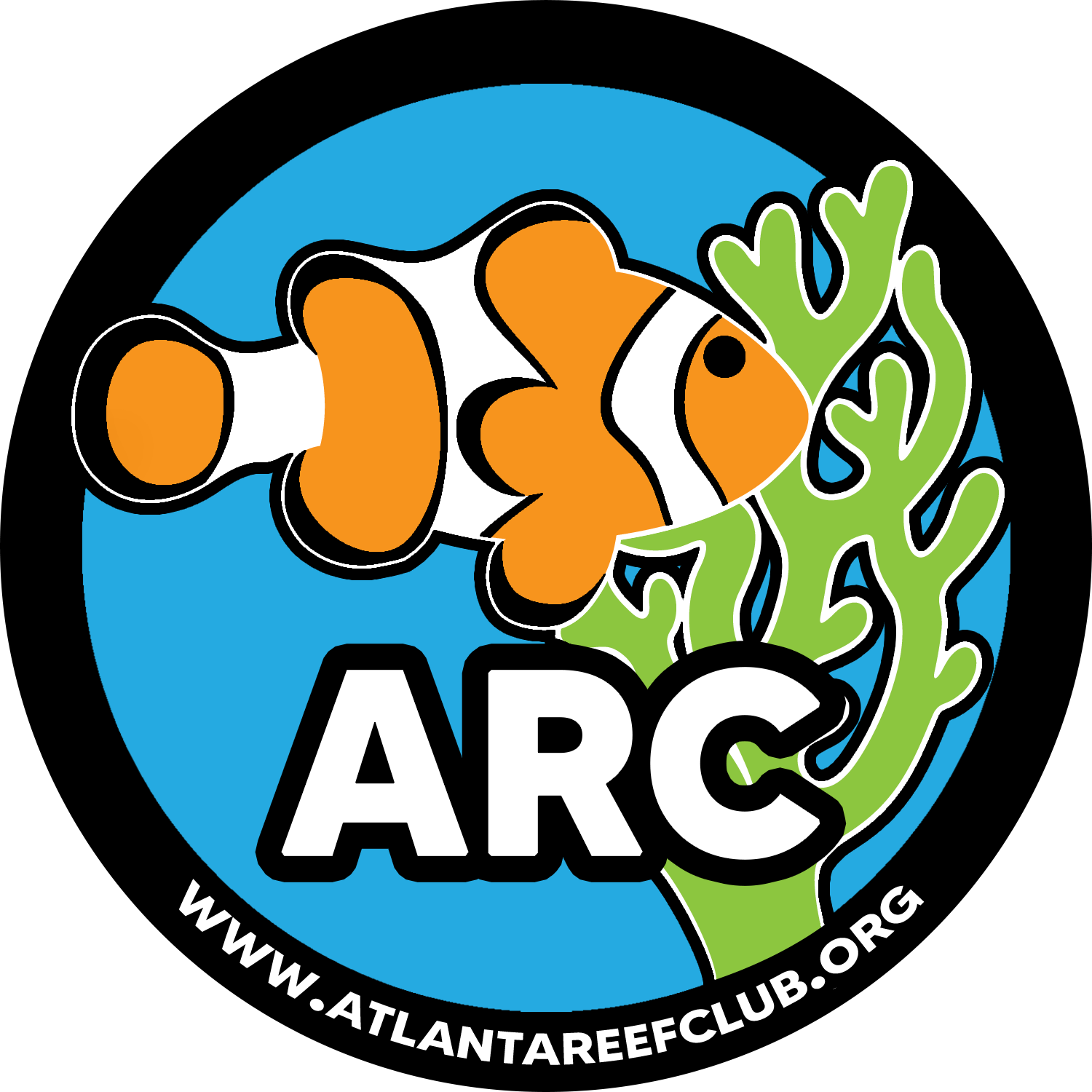- Messages
- 143
- Reaction score
- 0
Just bought a cbb and he is swimming and nipping at rock basically no symtoms of ick. But since i brought him home from the lfs hes developed white spots on his fins. This morning i noticed two small black spots as well. He is still acting fine and no other fish show symptoms at all. I did raise temp to around 84 and drop down to 1.016 i think. I really need some help since i have no qt and have a full blown reef so i cant dose copper. Thanks
Also wont stay still long enough to take a pic.
Also wont stay still long enough to take a pic.
